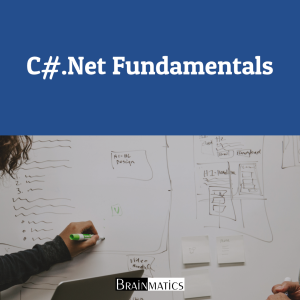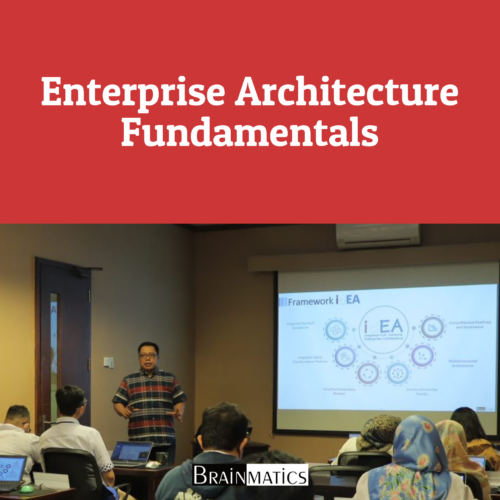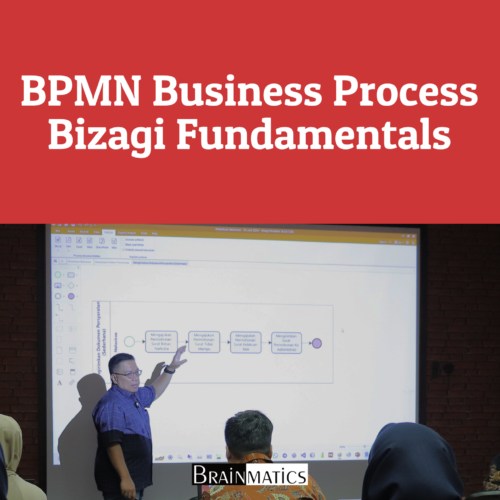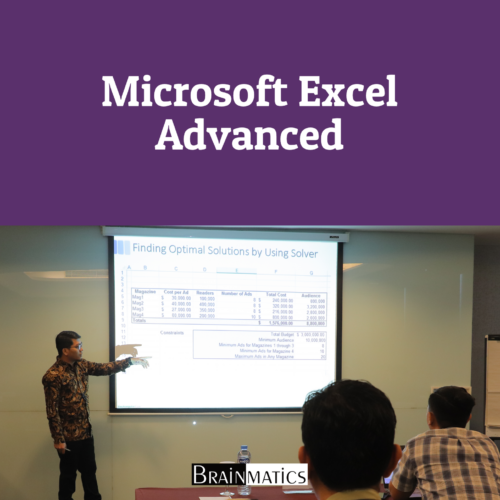
CONTENT
1. Introduction C#.Net
1.1. Setting up your development environment
1.2. Understanding .NET
1.3. Building console apps using Visual Studio 2022
1.4. Building console apps using Visual Studio Code
1.5. Exploring code using .NET Interactive Notebooks
1.6. Reviewing the folders and files for projects
1.7. Making good use of the GitHub repository for this book
2. Speaking C#
2.1. Introducing the C# language
2.2. Understanding C# grammar and vocabulary
2.3. Working with variables
2.4. Exploring more about console applications
3. Controlling Flow, Converting Types, and Handling Exceptions
3.1. Operating on variables
3.2. Understanding selection statements
3.3. Understanding iteration statements
3.4. Casting and converting between types
3.5. Handling exceptions
3.6. Checking for overflow
4. Writing, Debugging, and Testing Functions
4.1. Writing functions
4.2. Debugging during development
4.3. Logging during development and runtime
4.4. Unit testing
4.5. Throwing and catching exceptions in functions
5. Building Your Own Types with Object-Oriented Programming
5.1. Talking about OOP
5.2. Building class libraries
5.3. Storing data within fields
5.4. Storing multiple values using collections
5.5. Writing and calling methods
5.6. Controlling access with properties and indexers
5.7. Pattern matching with objects
5.8. Working with records
6. Implementing Interfaces and Inheriting Classes
6.1. Setting up a class library and console application
6.2. More about methods
6.3. Raising and handling events
6.4. Making types safely reusable with generics
6.5. Implementing interfaces
6.6. Managing memory with reference and value types
6.7. Working with null values
6.8. Inheriting from classes
6.9. Casting within inheritance hierarchies
6.10.Inheriting and extending .NET types
6.11.Using an analyser to write better code
7. Packaging and Distributing .NET Types
7.1. The road to .NET 6
7.2. Understanding .NET components
7.3. Publishing your code for deployment
7.4. Decompiling .NET assemblies
7.5. Packaging your libraries for NuGet distribution
7.6. Porting from .NET Framework to modern .NET
7.7. Working with preview features
8. Working with Common .NET Types
8.1. Working with numbers
8.2. Working with text
8.3. Working with dates and times
8.4. Pattern matching with regular expressions
8.5. Storing multiple objects in collections
8.6. Working with spans, indexes, and ranges
8.7. Working with network resources
8.8. Working with reflection and attributes
8.9. Working with images
8.10.Internationalizing your code
9. Working with Files, Streams, and Serialization
9.1. Managing the filesystem
9.2. Reading and writing with streams
9.3. Encoding and decoding text
9.4. Serializing object graphs
9.5. Controlling JSON processing
10. Working with Data Using Entity Framework Core
10.1.Understanding modern databases
10.2.Setting up EF Core
10.3.Defining EF Core models
10.4.Querying EF Core models
10.5.Loading patterns with EF Core
10.6.Manipulating data with EF Core
10.7.Working with transactions
10.8.Code First EF Core models
11. Querying and Manipulating Data Using LINQ
11.1.Writing LINQ expressions
11.2.What makes LINQ?
11.3.Building LINQ expressions with the Enumerable class
11.4.Sweetening LINQ syntax with syntactic sugar
11.5.Using multiple threads with parallel LINQ
11.6.Creating your own LINQ extension methods
11.7.Working with LINQ to XML
12. Improving Performance and Scalability Using Multitasking
12.1.Understanding processes, threads, and tasks
12.2.Monitoring performance and resource usage
12.3.Running tasks asynchronously
12.4.Synchronizing access to shared resources
12.5.Understanding async and await
13. Introducing Practical Applications of C# and .NET
13.1.Understanding app models for C# and .NET
13.2.New features in ASP.NET Core
13.3.Building Windows-only desktop apps
13.4.Structuring projects
13.5.Using other project templates
13.6.Building an entity data model for the Northwind database
14. Building Websites Using ASP.NET Core Razor Pages
14.1.Understanding web development
14.2.Understanding ASP.NET Core
14.3.Exploring ASP.NET Core Razor Pages
14.4.Using Entity Framework Core with ASP.NET Core
14.5.Using Razor class libraries
14.6.Configuring services and the HTTP request pipeline
15. Building Websites Using the Model-View-Controller Pattern
15.1.Setting up an ASP.NET Core MVC website
15.2.Exploring an ASP.NET Core MVC website
15.3.Customizing an ASP.NET Core MVC website
15.4.Querying a database and using display templates
15.5.Improving scalability using asynchronous tasks
16. Building and Consuming Web Services
16.1.Building web services using ASP.NET Core Web API
16.2.Understanding web service acronyms
16.3.Documenting and testing web services
16.4.Consuming web services using HTTP clients
16.5.Implementing advanced features for web services
16.6.Building web services using minimal APIs
17. Building User Interfaces Using Blazor
17.1.Understanding Blazor
17.2.Comparing Blazor project templates
17.3.Building components using Blazor Server
17.4.Abstracting a service for a Blazor component
17.5.Building components using Blazor WebAssembly
17.6.Improving Blazor WebAssembly apps
Course Features
- Lectures 19
- Quizzes 2
- Duration 32 hours
- Skill level Intermediate
- Language English
- Students 14
- Certificate Yes
- Assessments Yes









